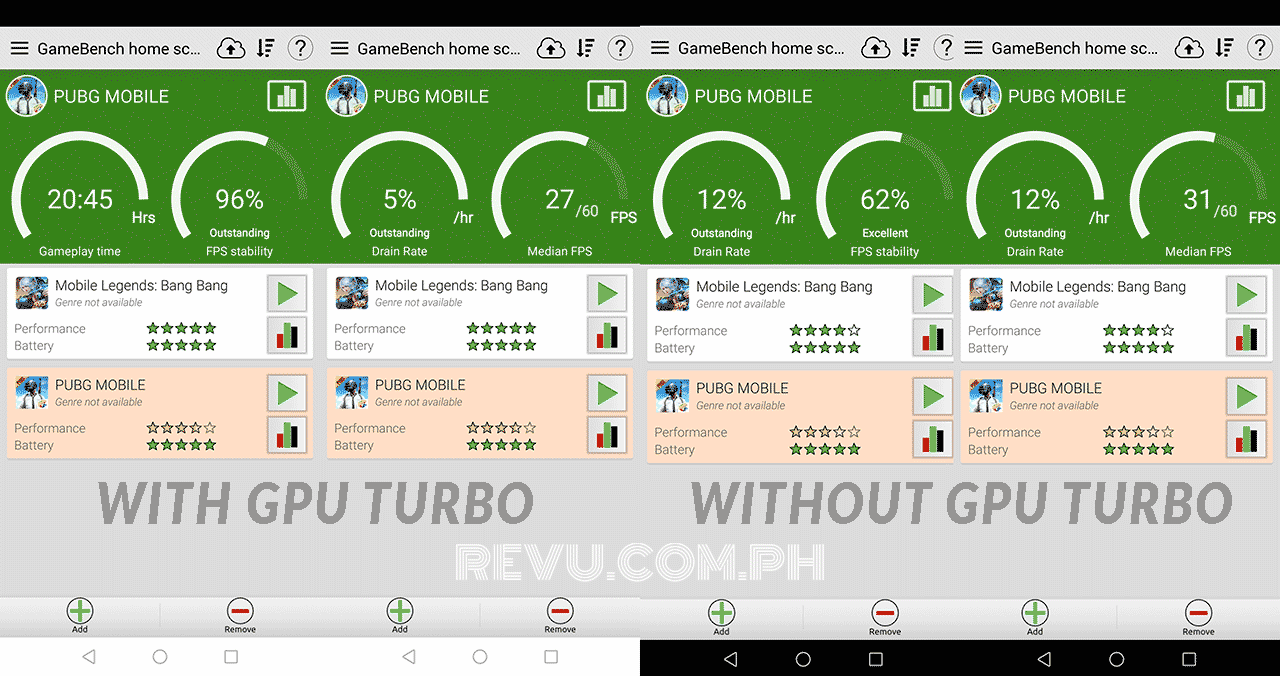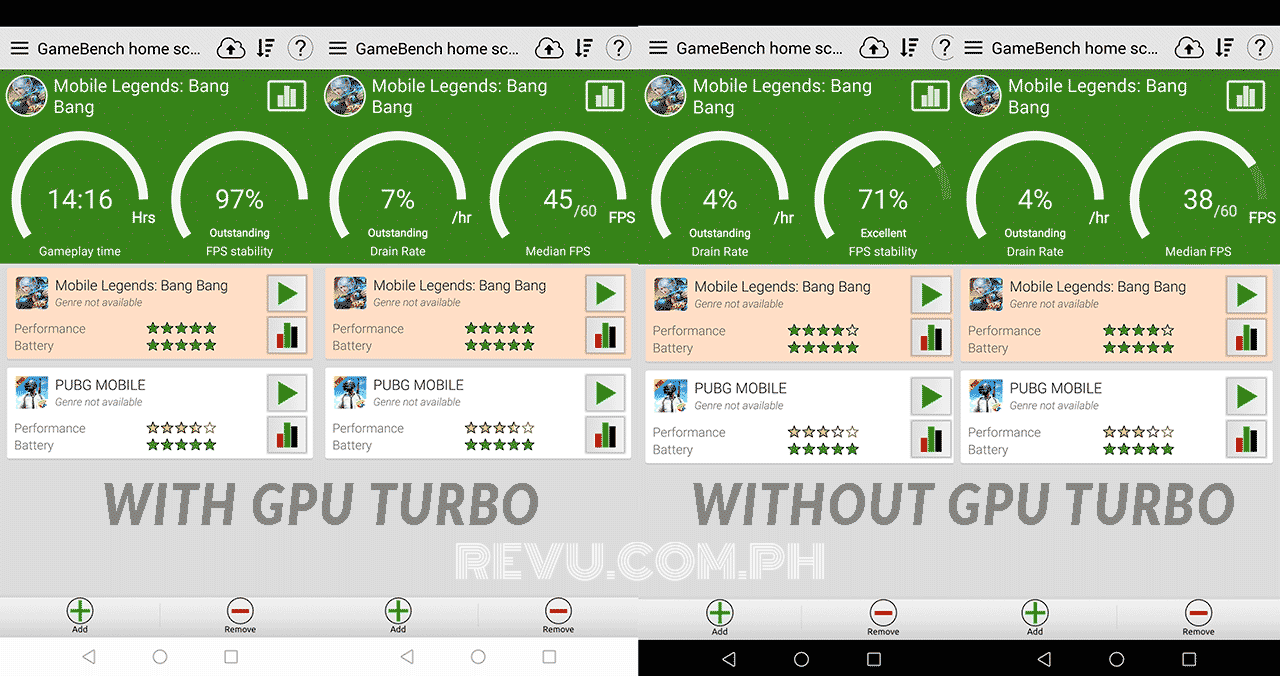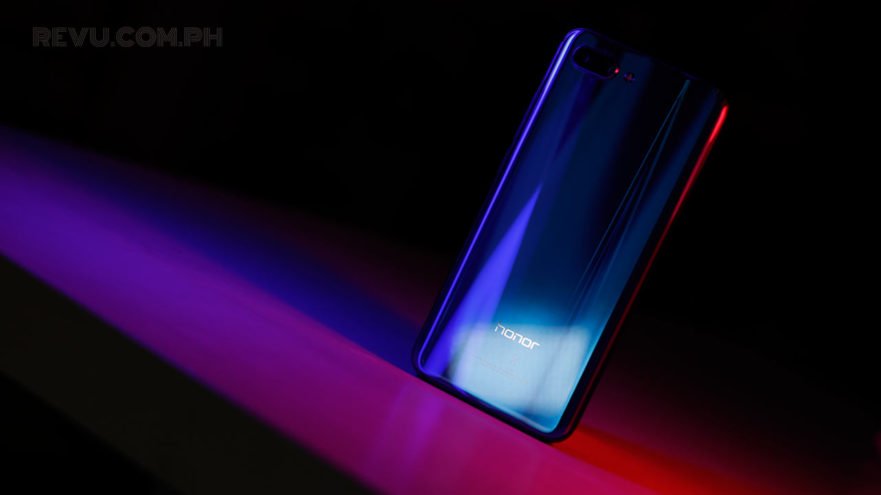Now that the GPU Turbo upgrade is rolling out to HiSilicon Kirin-based devices as earlier promised, it’s high time we take a closer look at the gaming-focused software application and how it affects certain phones, in particular the Honor 10.
SEE ALSO: Huawei, Honor phones start getting GPU Turbo update
Our unit has already been patched in the latest EMUI update for the Honor 10, which includes GPU Turbo and a few other improvements. But before we take the deep dive, let’s take a moment to answer these two simple questions: What is GPU Turbo? And how will it make games run better on compatible devices?
What is GPU Turbo, and how will it impact your gaming experience?
The official Honor website has laid out a brief yet good explanation on how GPU Turbo works on the Honor 10 and other phones that support it.
According to the site, GPU Turbo is a combined software-and-hardware breakthrough that “optimizes the mobile gaming experience.” It acts as a middle layer between the game and the graphics application programming interface or API driving the GPU, hence the description involving both the software and hardware on the phone.
For a more technical explanation, GPU Turbo will look at a game, analyze the frames during gameplay, and tell the graphics API which frames to render next and whether it needs to render new ones or use those that have already been rendered.
GPU Turbo will look at a game, analyze the frames during gameplay, and tell the graphics API which frames to render next and whether it needs to render new ones or use those that have already been rendered.
This distinct action also allows the GPU to anticipate the workload and allocate resources for it, thereby helping the phone conserve battery life because it knows when to use more power (and conversely, when the load is lighter, temper its performance).
The expectation is that it will improve graphics-processing efficiency by 60 percent, while lowering energy consumption by 30 percent. Those percentages certainly look promising, especially since GPU Turbo is an over-the-air software update that won’t cost you anything except some storage space (to download the file).
GPU Turbo is said to also improve vibration feedback during gaming by helping the GPU recognize when specific actions are taking place on the screen, such as a gun being fired or a special skill being used. And it’s apparently smart enough to recognize when a team battle or clash is happening.
Of course, while GPU Turbo has considerable potential benefits, it also has its limitations. Firstly, it doesn’t support all phones and tablets using HiSilicon Kirin chipsets. For now, it will only work on several Honor handsets released in 2017 and later. Per the Honor website, the following are supported:
- Honor 7X
- Honor 8 Pro
- Honor 9 Lite
- Honor 9
- Honor View 10
- Honor Play
- Honor 10
Not included in the mix is the Honor Note 10 with a giant screen, but it should also come with GPU Turbo (and CPU Turbo).
Another limitation is that, because the application needs to interact with the game and graphics API, developers will need to put in extra work if they wish to make their software compatible with GPU Turbo.
Right now, PUBG Mobile and Mobile Legends are the only two titles we’re sure can take advantage of GPU Turbo. So, if you play both like we do, consider yourself lucky. If not, then you could be missing out; they’re both great, and we’ll happily waste hours playing either one.
It should also be noted that although GPU Turbo is automatically activated when playing PUBG Mobile and Mobile Legends, Honor recommends running them from within its own Game Suite app for the best experience.
Testing GPU Turbo on the Honor 10
With our hopefully insightful explainer out of the way, let’s get to the fun stuff. We’re going to look at the individual games and the kind of performance boost GPU Turbo has to offer on the Honor 10 as compared to the Huawei P20, a similar-specced device missing the feature (at least ours still hasn’t received the update yet, but take note that GPU Turbo has already been rolled out to some P20 units).
To conduct our test and attain quantifiable results at the end of each run, we used GameBench, a multiplatform benchmark tool that allows users to measure frames per second, or FPS, as well as battery drain during gameplay. It also provides a detailed report of each gaming session that can be uploaded for convenient access on any machine with a web browser and internet connection.

GameBench comparison results for PUBG Mobile: On the Honor 10 (with GPU Turbo) vs on the Huawei P20 (without GPU Turbo yet)
PUBG Mobile
We may as well begin on a high note, so first up is PUBG Mobile, one of the most popular and best-looking titles around. Understandably, it requires powerful graphics hardware to run smoothly — so the Kirin 970-powered Honor 10 has its work cut out for it.
On Honor 10, which features 4GB of RAM, PUBG Mobile runs fast enough with the HDR graphics setting and frame rate set to Ultra.
GameBench detected a median FPS of 27 and FPS stability (the amount of time spent within 20 percent of the median frame rate reported) averaged 96 percent, which is to say the game ran at a consistently high and steady frame rate throughout our test. Battery drain per hour of gaming was estimated at 5 percent through six sessions, which is impressive given how demanding the game itself is.
The unit without GPU Turbo averaged 31 FPS at 62 percent stability and recorded a 12 percent hourly battery usage while playing PUBG Mobile. So while the frames per second encoded by the device is higher, it performs with much less consistency and consumes more battery power.

GameBench comparison results for Mobile Legends: On the Honor 10 (with GPU Turbo) vs on the Huawei P20 (without GPU Turbo yet)
Mobile Legends
Moving on to Mobile Legends, the multiplayer online battle arena game — MOBA for short — isn’t as graphics-intensive as PUBG Mobile, but it has a high-frame-rate mode that allows the game to run above 30 FPS if the device can handle it.
On the Honor 10, Mobile Legends produced a median of 45 frames per second at an impressive 97 percent clip in terms of consistency, according to GameBench. Compare those results to 38 FPS with a stability of 71 percent on the device lacking GPU Turbo, and it’s apparent that the feature works wonders for this particular title.
GPU Turbo test on the Honor 10
Final thoughts
Looking at the numbers, one thing stands out, and that’s the FPS stability of the Honor 10 playing both PUBG Mobile and Mobile Legends. Delivering a consistent gaming experience is just as important as producing high frame rates, because being able to sustain those frames means less input lag and stuttering.
While it won’t necessarily make games run faster than normal on the Honor flagship, GPU Turbo does have a significant impact on how smoothly select games run on it. This gives an already compelling product even more competitive edge, using existing hardware and at no extra cost.
GPU Turbo has a significant impact on how smoothly select games run on it. The technology gives an already compelling product even more competitive edge, using existing hardware and at no extra cost.
Hopefully, GPU Turbo will be included on all future Honor releases and more developers would be willing to add support for their games.
Share this Post



